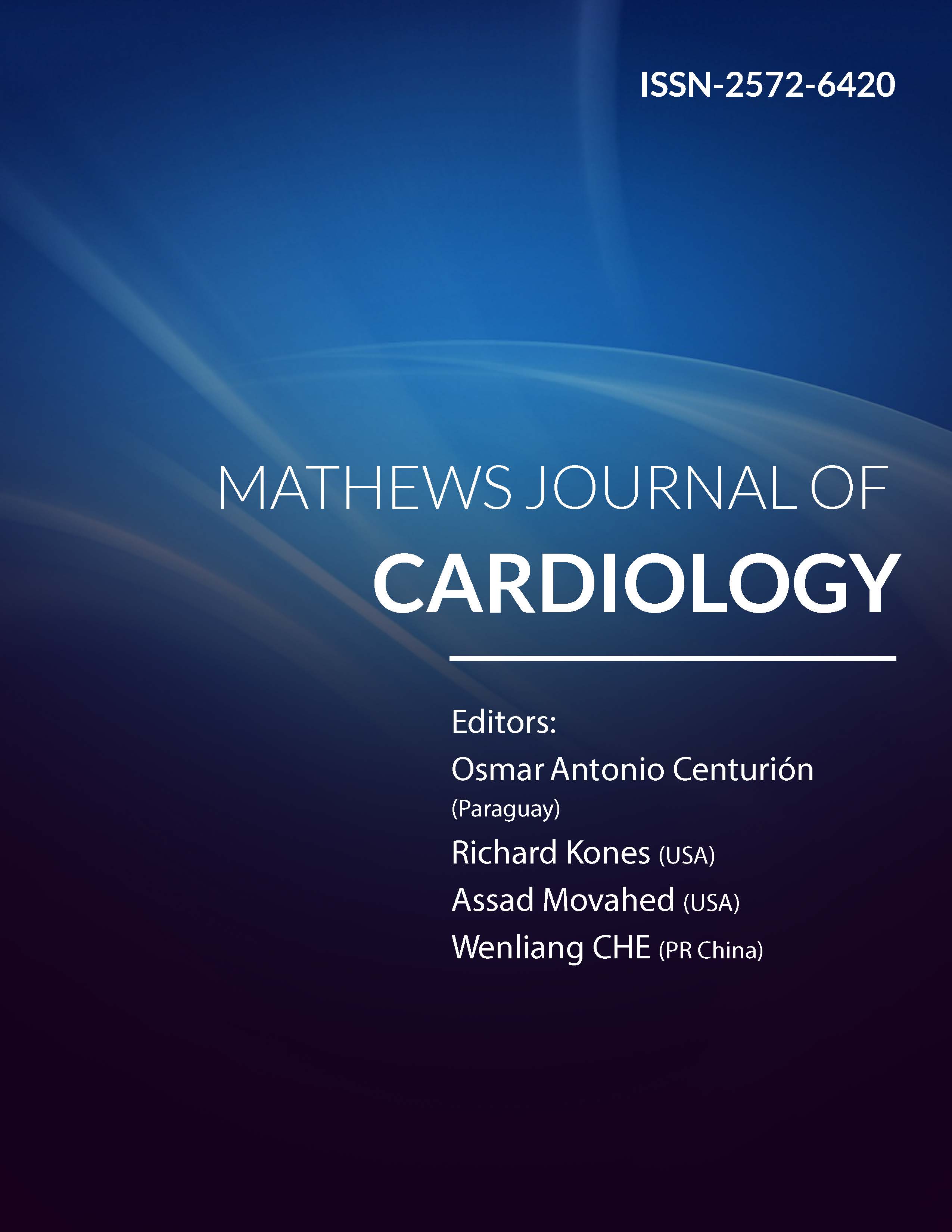
Information Links
Previous Issues Volume 2, Issue 1 - 2017
Multiple Thromboembolic Stroke and Myocardial Infarction in a Young Male in the Setting of Amphetamine Use
Naji Rad S1 *, Kandakatla p1 , Sanivarapu RR1 , Sayedy N1 , Frieri M2 , Chua W3
1Department of Medicine, Nassau University Medical Center, East Meadow, New York.
2Division of Allergy Immunology, Department of Medicine, Nassau University Medical Center, East Meadow, New York.
3Division of pulmonary and critical care medicine, Department of Medicine, Nassau University Medical Center, East Meadow, New York.
Corresponding Author: Sara Naji Rad, Department of Medicine, Nassau University Medical Center, East Meadow, New York, Tel: 516-572-6501; E-Mail: [email protected]
Received Date: 09 Jun 2017
Accepted Date: 21 Jun 2017
Published Date: 23 Jun 2017
Copyright © 2017 Naji Rad S
Citation: Naji Rad S, Kandakatla P, Sanivarapu RR, Sayedy N, et al. (2017). Multiple Thromboembolic Stroke and Myocardial Infarction in a Young Male in the Setting of Amphetamine Use. Mathews J Cardiol. 2(1): 012.
ABSTRACT
Amphetamines are first line treatment for Attention-Deficit Hyperactivity Disorder (ADHD). Known to have serious cardiovascular adverse effects such as MI, Stroke, and sudden death specially if used in high doses or long term. ADHD patients are predisposed to have concomitant substance use disorder. Substances like cocaine and marijuana increase risk of cardiovascular events. By knowing these, clinicians must be cautious in prescribing CNS stimulant agents. Precise personal, medical, drugs and medication history needs to be obtained before and during treatment. Herein, we present a young male with ADHD treated with amphetamines and concomitant marijuana use who presented with multiple thromboembolic stroke and acute myocardial infarction.
KEYWORDS
Amphetamine; Attention-Deficit Hyperactivity Disorder; Cardiovascular Disease.